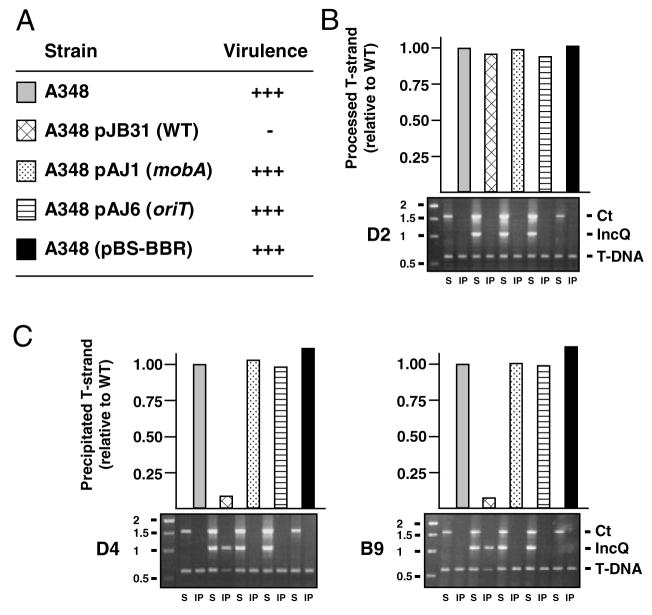Fig. 3. The IncQ plasmid transfer intermediate inhibits T-DNA transfer.
A. Kalanchoe daigremontiana leaves were scored for tumour formation on a scale of no tumours (−) to WT tumours (+++) 5 weeks after inoculation with WT A348 strain carrying RSF1010 plasmid pJB31 or the isogenic derivative plasmids pAJ1 (mobA) or pAJ6 (oriT), or control plasmid pBS-BBR.
B. Effects of the IncQ plasmid and derivatives on T-DNA processing, as monitored by precipitation of the VirD2-T-strand substrate with antibodies to VirD2 from extracts of the strains listed in A. Bottom: TrIP data showing amplification of ophDC (Ct), pML122 mobA (IncQ) and gene 7 (T-DNA) fragments from soluble fractions (S) and immunoprecipitates (IP). DNA size markers (kb) are at the left. Top: QTrIP data showing levels of T-DNA recovered from the various strains as a fraction of T-DNA substrate from WT A348 (normalized to 1.0).
C. Effects of the IncQ plasmid and derivatives on T-DNA transfer. Lower panel: TrIP data showing amplification of pTiAch5 repAB (Ct), pML122 mobA (IncQ) or T-DNA. DNA size markers (kb) are at the left. Upper panel: QTrIP data showing levels of T-DNA in the immunoprecipitates recovered with antibodies to VirD4 (left panels) and VirB9 (right panels).

